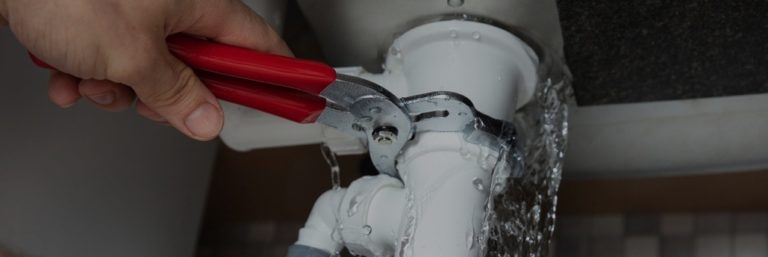Every person maintains their own individual notions about Locating water leaks.

Early detection of leaking water lines can alleviate a prospective calamity. Some tiny water leakages might not be visible.
1. Take A Look At the Water Meter
Every house has a water meter. Examining it is a proven manner in which helps you discover leaks. For starters, shut off all the water resources. Make sure no person will certainly flush, use the faucet, shower, run the washing device or dishwashing machine. From there, most likely to the meter as well as watch if it will certainly alter. Considering that no person is utilizing it, there need to be no activities. If it relocates, that shows a fast-moving leakage. If you spot no changes, wait a hr or two and examine back again. This means you might have a slow leakage that could also be underground.
2. Check Water Usage
Evaluate your water costs and track your water consumption. As the one paying it, you must see if there are any inconsistencies. If you identify sudden changes, regardless of your consumption being the same, it implies that you have leaks in your plumbing system. Remember, your water bill should fall under the same range on a monthly basis. An abrupt spike in your expense indicates a fast-moving leakage.
A constant rise every month, also with the exact same practices, reveals you have a slow-moving leak that's also slowly intensifying. Call a plumber to extensively examine your home, specifically if you really feel a cozy location on your flooring with piping below.
3. Do a Food Coloring Examination
When it comes to water intake, 30% comes from bathrooms. If the color in some way infiltrates your bowl during that time without flushing, there's a leakage between the container as well as bowl.
4. Asses Outside Lines
Do not fail to remember to check your outside water lines too. Examination spigots by connecting a garden hose. Needs to water leak out of the connection, you have a loose rubber gasket. Change this as well as guarantee all links are limited. If you have actually obtained an automatic sprinkler, it will help get it skillfully analyzed and also preserved yearly. One tiny leak can throw away tons of water and also spike your water expense.
5. Analyze the scenario and also examine
Homeowners must make it a habit to examine under the sink counters as well as also inside cabinets for any kind of bad odor or mold development. These 2 red flags suggest a leakage so punctual interest is called for. Doing regular evaluations, even bi-annually, can save you from a major trouble.
Examine for stainings as well as weakening as most pipelines and also appliances have a life expectancy. If you think dripping water lines in your plumbing system, don't wait for it to escalate.
Early discovery of leaking water lines can reduce a potential disaster. Some little water leakages might not be noticeable. Inspecting it is a proven means that assists you find leakages. One little leakage can throw away lots of water and also increase your water costs.
If you suspect dripping water lines in your plumbing system, don't wait for it to escalate.
WARNING SIGNS OF WATER LEAKAGE BEHIND THE WALL
PERSISTENT MUSTY ODORS
As water slowly drips from a leaky pipe inside the wall, flooring and sheetrock stay damp and develop an odor similar to wet cardboard. It generates a musty smell that can help you find hidden leaks.
MOLD IN UNUSUAL AREAS
Mold usually grows in wet areas like kitchens, baths and laundry rooms. If you spot the stuff on walls or baseboards in other rooms of the house, it’s a good indicator of undetected water leaks.
STAINS THAT GROW
When mold thrives around a leaky pipe, it sometimes takes hold on the inside surface of the affected wall. A growing stain on otherwise clean sheetrock is often your sign of a hidden plumbing problem.
PEELING OR BUBBLING WALLPAPER / PAINT
This clue is easy to miss in rooms that don’t get much use. When you see wallpaper separating along seams or paint bubbling or flaking off the wall, blame sheetrock that stays wet because of an undetected leak.
BUCKLED CEILINGS AND STAINED FLOORS
If ceilings or floors in bathrooms, kitchens or laundry areas develop structural problems, don’t rule out constant damp inside the walls. Wet sheetrock can affect adjacent framing, flooring and ceilings.
https://www.servicemasterbyzaba.com/blog/how-to-detect-water-leakage-in-walls/

As a keen reader about Top leak detection hacks, I imagined sharing that editorial was a smart idea. Sharing is caring. Who knows, you will be helping someone out. I love reading our article about Detecting hidden plumbing leaks.